Nandi, the sacred bull seated before Lord Shiva in temples across Bharat, holds a profound place in Indian history, culture, and spirituality. This blog delves into Nandi’s divine origins, his role in ancient scriptures, and his enduring symbolism from the Indus Valley civilization to modern India.
Table of Contents
- The Ancient Bull Seal of Mohanjadaro: Historical Roots of Nandi
- Nandi as the Guru of Shiva Jnanam and His Role in Revealing Shiva’s Knowledge
- Contemporary Significance: Nandi on the Sengol in Indian Parliament
- The Historical and Mythological Roots of Sengol from Mahabharata to Chola Dynasty
- Nandi Through the Ages: Eternal Sentinel of Dharma and Devotion
- Conclusion: Nandi as the Rock-Solid Embodiment of Dharma
- FAQ: Common Questions about Nandi
The Ancient Bull Seal of Mohanjadaro: Historical Roots of Nandi
The bull seal of Mohanjadaro represents a significant artifact from the Indus Valley civilization, dating back approximately 4,500 to 4,700 years. It showcases the artistry and cultural significance of this ancient society, highlighting their reverence for cattle, especially bulls. This seal not only serves as a historical marker but also as a testament to the enduring presence of Nandi in our cultural consciousness.
When you step into any Shivalayam across Bharat, you are greeted by the sight of Nandi, the sacred bull, seated before Lord Shiva. This consistent representation emphasizes Nandi’s pivotal role, both historically and culturally. The bull symbolizes strength, duty, and devotion—qualities deeply embedded in Indian ethos.
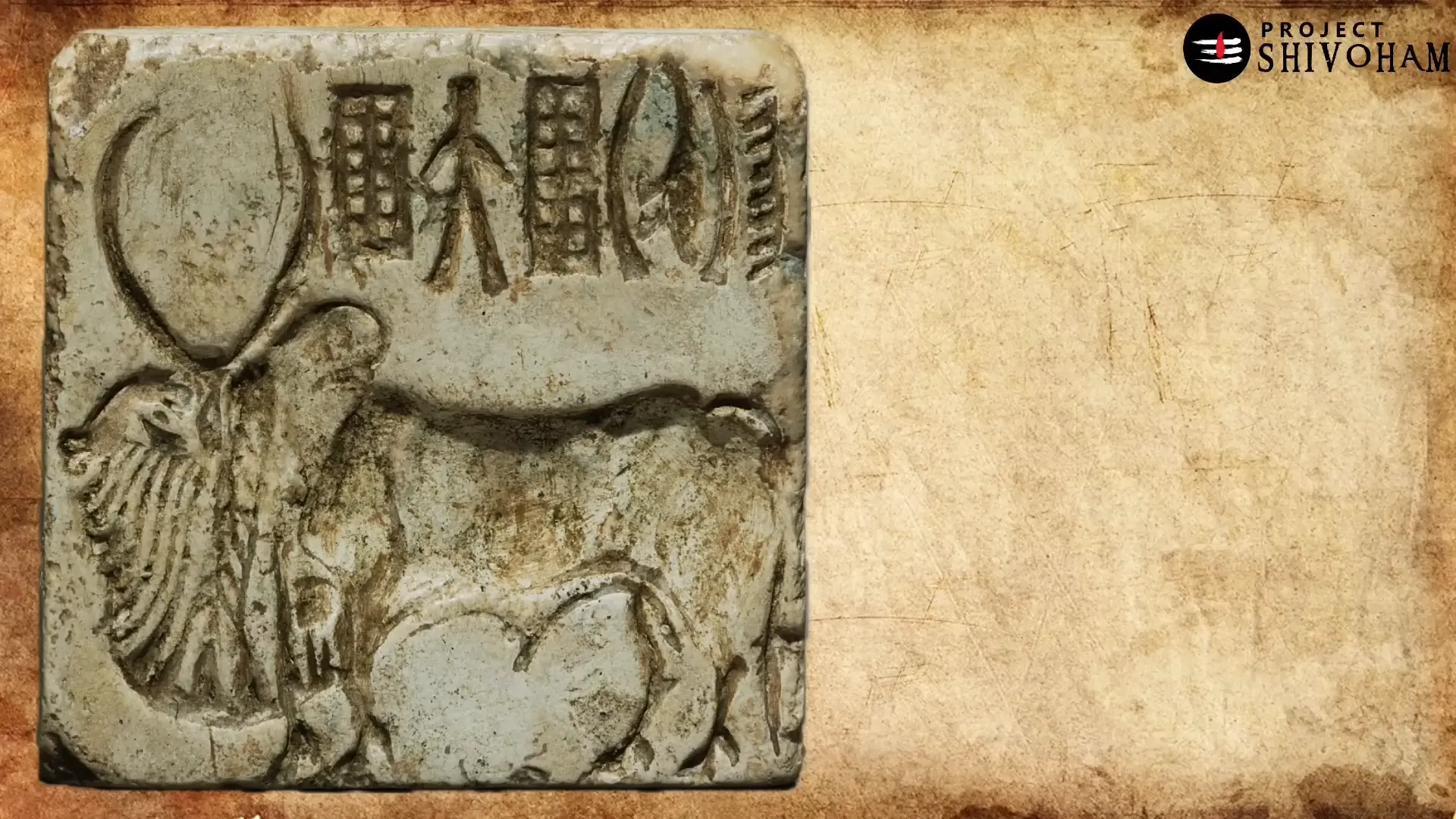
Nandi’s Presence in Indian Culture and Temples
Nandi is not merely a statue in temples; he embodies the spirit of devotion that permeates the entire landscape of Indian spirituality. Almost every village temple dedicated to Shiva features Nandi prominently, signifying his role as a guardian and sentinel of divine energy. His presence reinforces the sanctity of the space, inviting devotees to approach Shiva with sincerity and reverence.
The relationship between Nandi and Shiva transcends mere symbolism. Nandi is often depicted as a loyal devotee, steadfastly watching over Shiva, echoing the idea that true devotion is marked by unwavering faith and commitment.
Political and National Symbolism of Nandi: From Constitution to Parliament
Nandi’s significance extends into the political realm as well. On the first page of the Indian Constitution, you will find the seal of Nandi from Mohenjo Daro. This choice reflects the deep-rooted cultural heritage and values that the nation aims to uphold. Furthermore, our national emblem, featuring the four lions, also incorporates the image of a bull beneath it, reinforcing Nandi’s status as a symbol of strength and integrity.
Recently, the Sengol, a ceremonial staff bearing the image of Nandi, has been placed in the Indian Parliament. This act serves as a reminder of the moral and ethical responsibilities that govern leadership in a democratic society. The four legs of Nandi represent the four pillars of Dharma: austerity, purity, mercy, and truthfulness, each essential for a just and equitable governance.
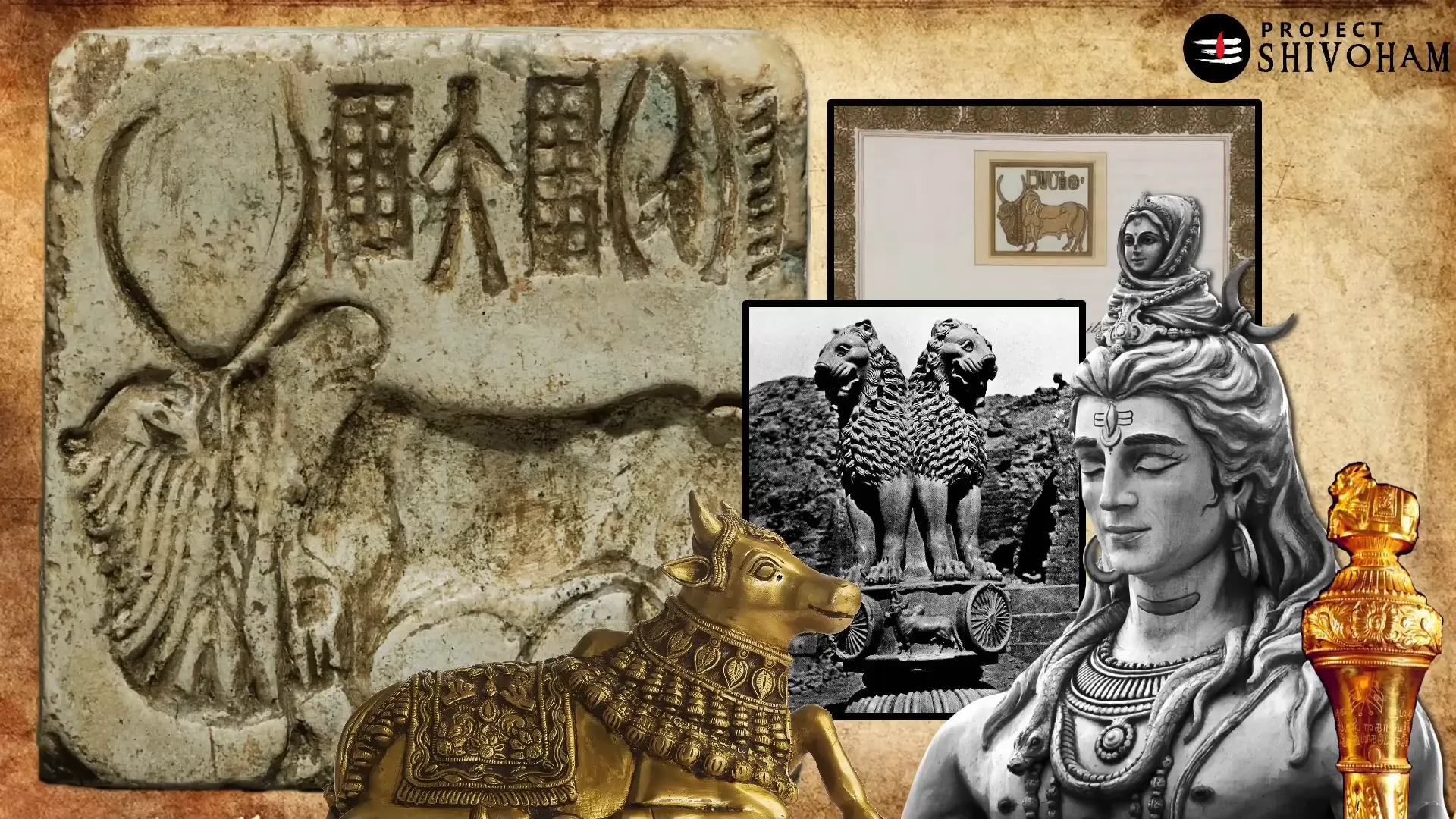
Introducing Nandi: Why This Blog?
Many of us possess a limited understanding of who Nandi truly is. This blog aims to shed light on the multifaceted nature of Nandi, exploring his spiritual, historical, and cultural significance. By diving into ancient scriptures and contemporary interpretations, we hope to provide a holistic view of Nandi’s role within the broader context of Indian civilization.
Understanding Nandi is essential for grasping the essence of devotion in Hindu philosophy. He is not just a figure; he is a bridge between the divine and the earthly, a reminder of the values we must uphold.
Ancient Scriptures on Nandi: Skandha, Shiva, Kurma, and Linga Puranas
To comprehend Nandi’s significance, we turn to four ancient scriptures: Skandhapuradam, Shivapuradam, Kurmapuradam, and Lingapuradam. Each of these texts offers unique insights into Nandi’s divine origins and his eternal service to Shiva.
- Shivapuradam: This scripture elaborates on Nandi’s divine origin and his role as a Vahana, or vehicle, of Shiva.
- Skanda Puranam: It honors Nandi’s guardianship and his Puranic role as Ganadhipati, the leader of Shiva’s retinue.
- Kurma Puranam: This text emphasizes Nandi’s treasure among the Shivaganas, showcasing his invaluable contributions.
- Linga Puranam: Here, Nandi is revered as the guru who imparts the knowledge of Shiva, or Shiva Jnanam, to devotees.
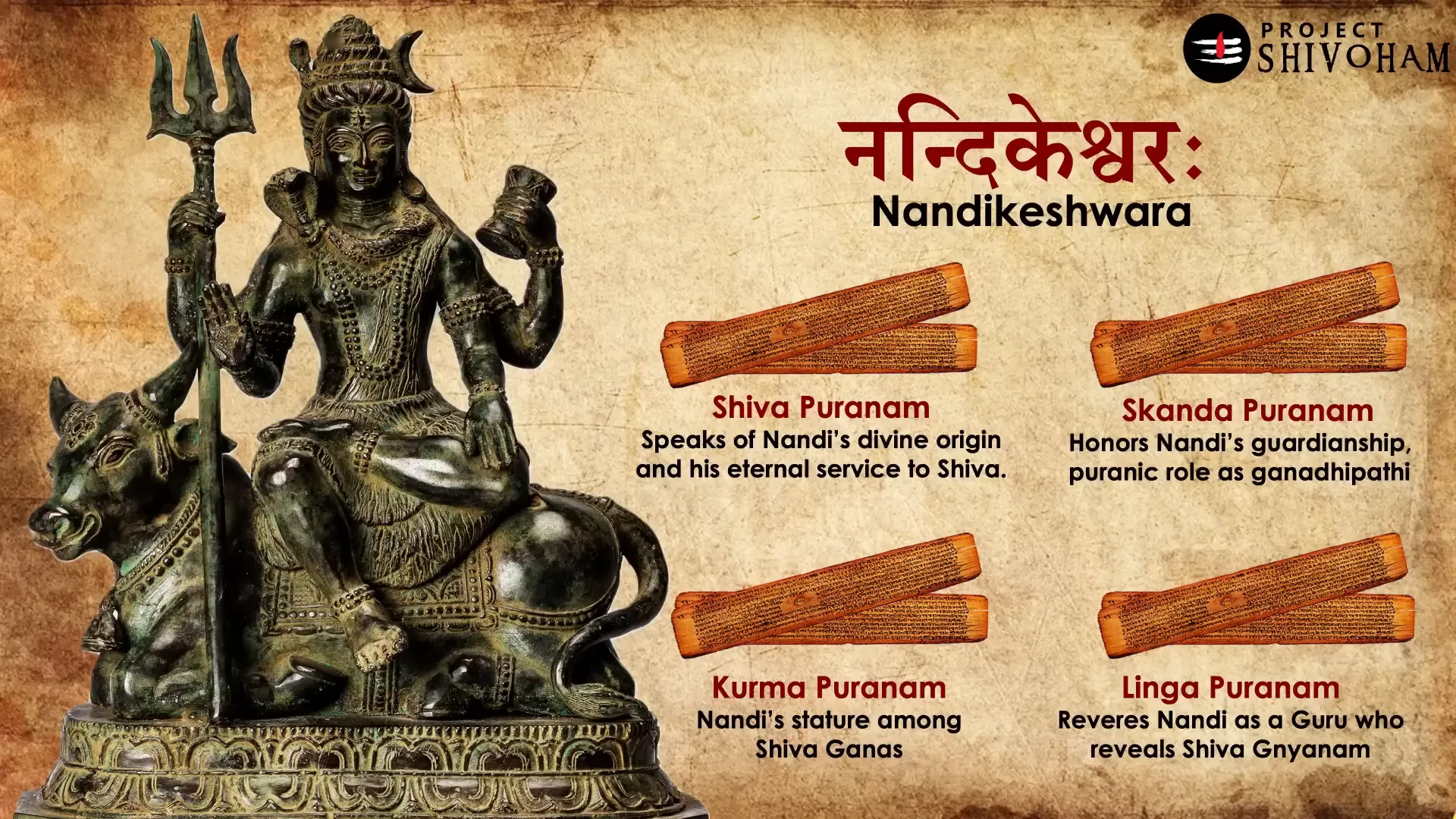
The Divine Origin of Nandi According to Shiva Purana
The origins of Nandi are beautifully narrated in the Shiva Purana. A Maharishi named Shilada, a devout follower of Lord Shiva, undertook deep penance seeking an immortal son devoted to the divine. Pleased by Shilada’s devotion, Shiva granted his wish, declaring that he would incarnate as Nandi, free from death and womb-born.
This divine boon highlights Nandi’s unique status as an avatar of Shiva himself, akin to an amsha avatar. His life story intertwines with the essence of devotion, illustrating how love and faith can manifest divine blessings.
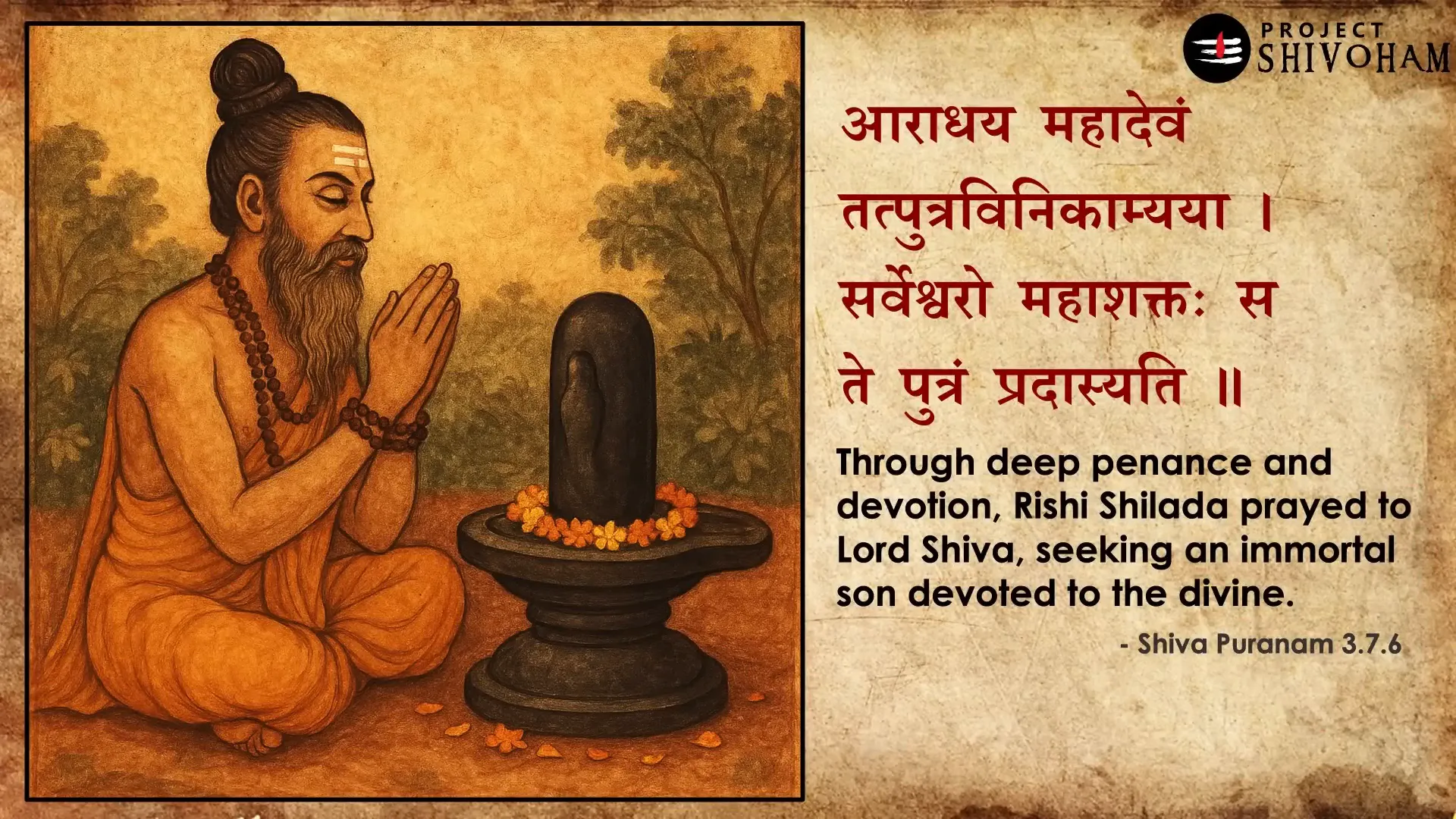
Nandi as Ganadhipati and Son of Shiva and Parvati
Nandi’s role expands further as he is coronated by Shiva and Parvati as Ganadhipati, the commander of all Shivaganas. This title reinforces his importance within the cosmic hierarchy and his function as a protector of Dharma.
Interestingly, Nandi is also considered a son of Shiva and Parvati, just like Kartikeya and Ganesha. This familial connection emphasizes the unity of divine principles and the nurturing aspect of devotion. Nandi becomes not just a servant but a beloved child of the divine couple, embodying their values and teachings.
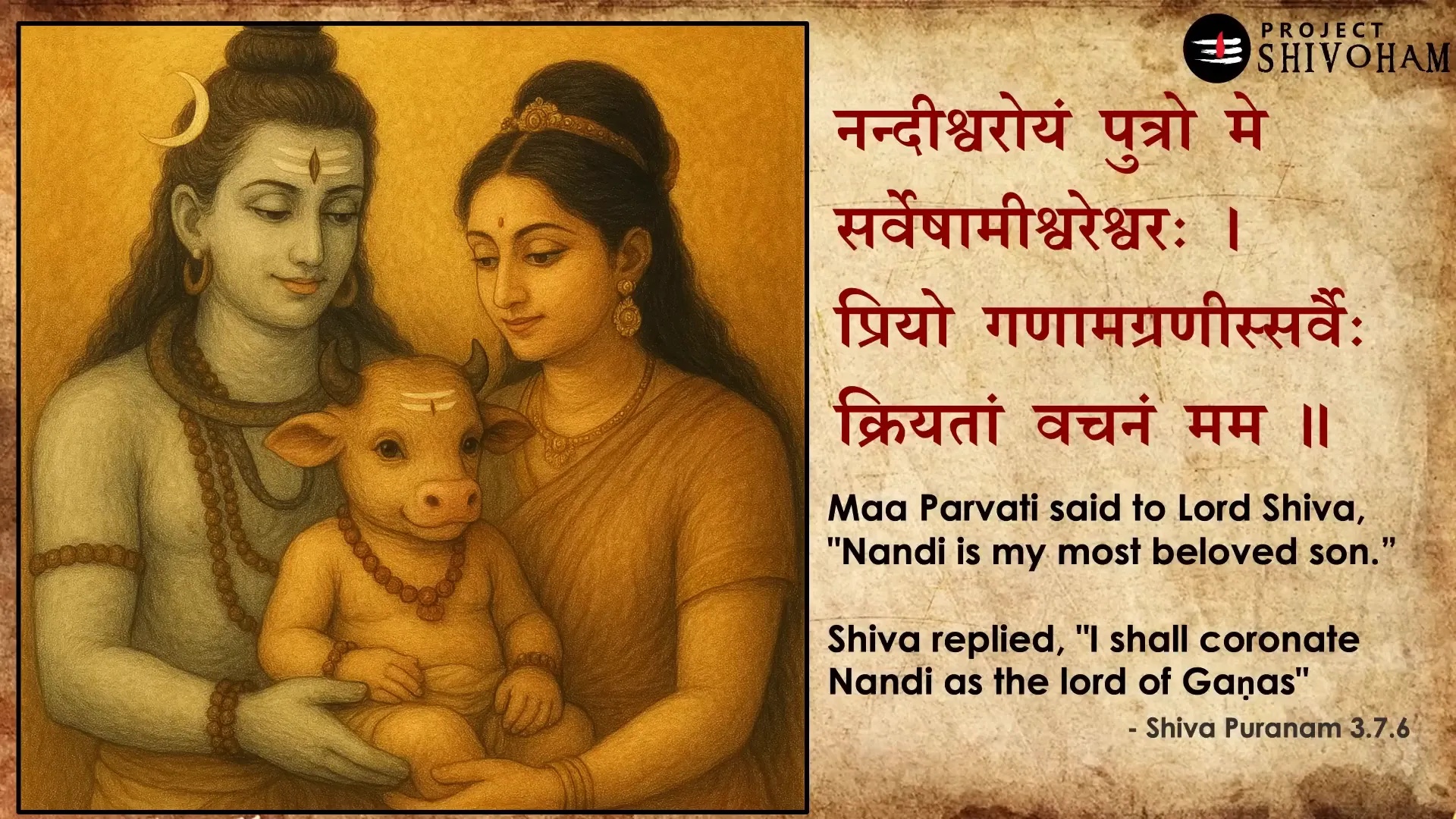
Through these narratives in the ancient scriptures, we see Nandi as the eternal guide, imparting wisdom and knowledge about Lord Shiva. His steadfastness and loyalty serve as a model for all devotees, urging them to cultivate a deep, unwavering faith.
Nandi as the Guru of Shiva Jnanam and His Role in Revealing Shiva’s Knowledge
Nandi is revered not just as Shiva’s vehicle but also as a profound teacher. His title, Nandikeshwara, signifies his role as the guru who imparts the wisdom of Shiva, or Shiva Jnanam, to all seekers. In ancient scriptures, particularly the Linga Purana, Nandi is depicted as the one who reveals the mysteries of Lord Shiva to his devotees.
This teaching role is crucial. Nandi embodies the essence of devotion, guiding aspirants toward understanding the deeper philosophies associated with Shiva. Through his unwavering loyalty and commitment, he serves as a model for all who seek spiritual enlightenment.
Teachings of Nandi: The Five Faces of Shiva
Nandi elucidates the five phases of Shiva, which are essential for understanding the divine. Each face represents a unique aspect of existence:
- Isha: The lord of the universe, embodying creation.
- Nat: The dancer, symbolizing the rhythm of life.
- Purusha: The cosmic being, representing consciousness.
- Ghora: The fierce aspect, embodying destruction.
- Vamadeva: The gentle form, signifying nurturing and compassion.
Through these teachings, Nandi not only reveals Shiva’s nature but also encourages devotees to embody these principles in their lives. His role as a teacher reinforces the idea that understanding the divine leads to a deeper connection with the universe.
Contemporary Significance: Nandi on the Sengol in Indian Parliament
Nandi’s presence in contemporary Indian politics is deeply symbolic. The Sengol, a ceremonial staff featuring a depiction of Nandi, has been placed in the Indian Parliament, serving as a reminder of the moral and ethical responsibilities of leadership. This act signifies that governance must align with the principles of Dharma.
The four legs of Nandi represent the four pillars of Dharma: austerity, purity, mercy, and truthfulness. These qualities are essential for just governance and resonate with the ideals that underpin Indian democracy.
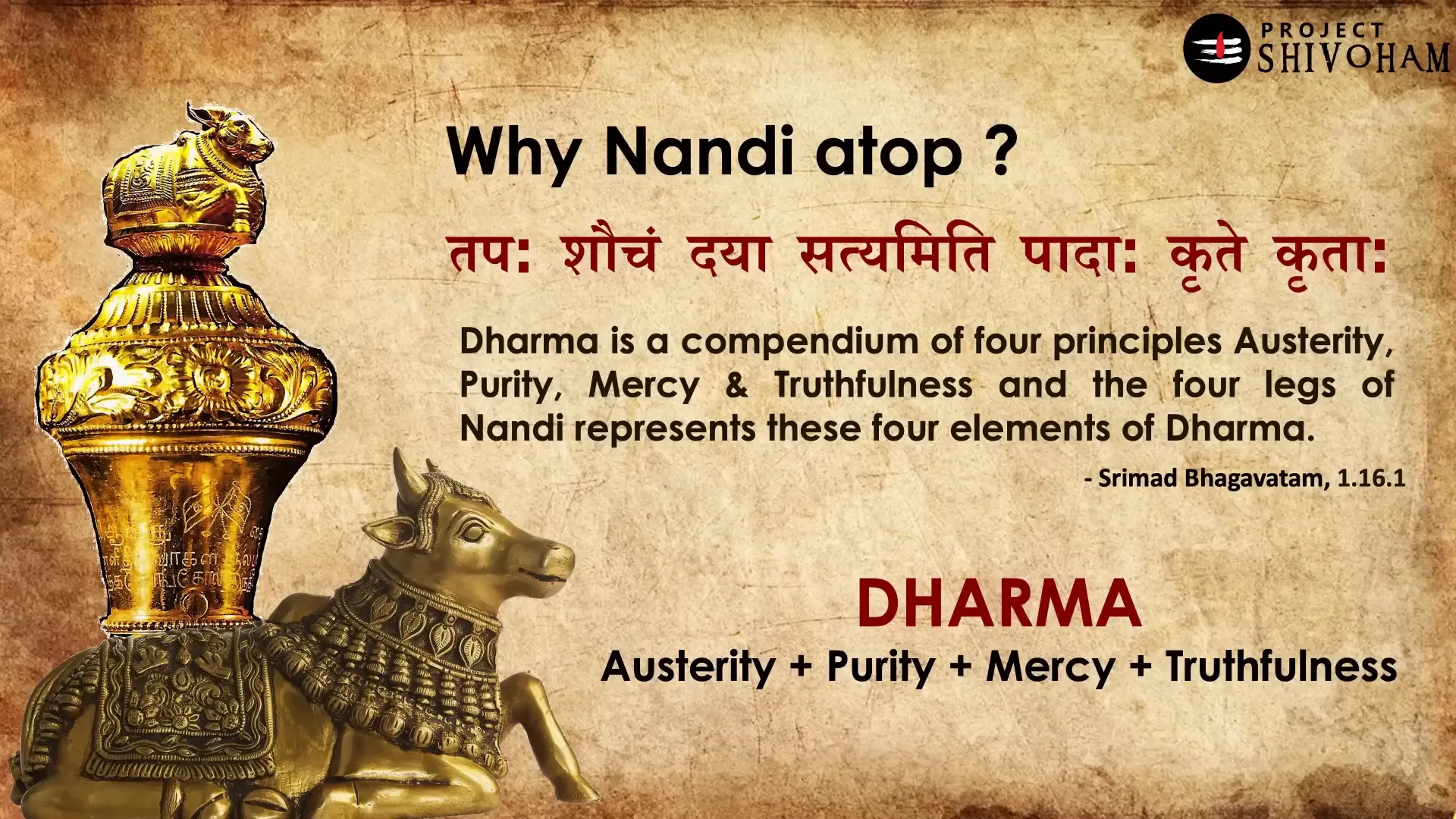
The Significance of Sengol
The Sengol has historical roots that trace back to the Mahabharata, where it is referred to as Raja Dandam. This staff, created by Lord Shiva, symbolizes the duty of a king to uphold Dharma, represented iconically by Nandi. The transfer of this staff through generations illustrates the continuity of these values.
From the Mahabharata to the Chola dynasty, the Sengol has served as an essential symbol during royal coronations. Its journey to the Indian Parliament marks a revival of these ancient values, reminding leaders of their duty to uphold righteousness.
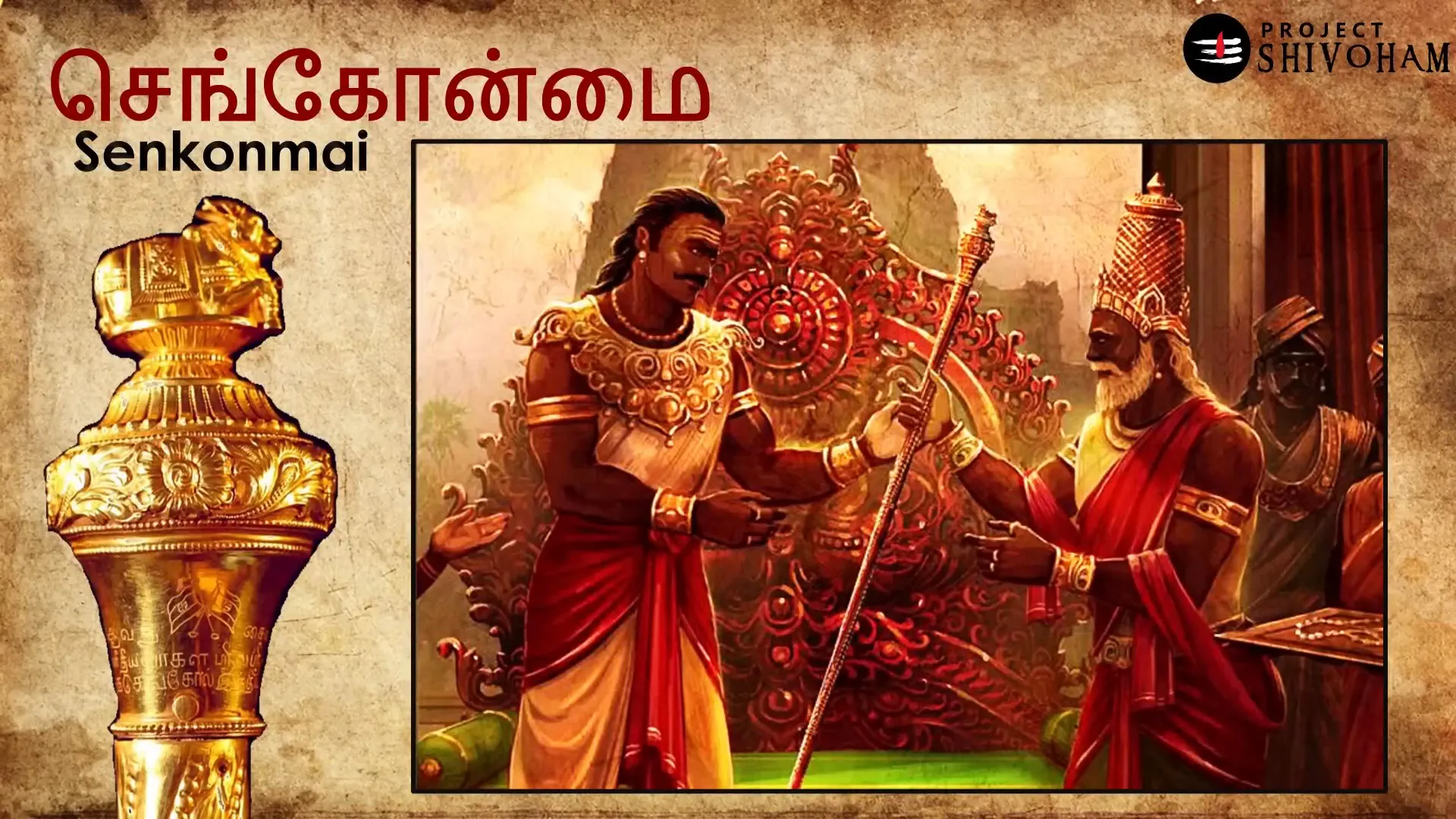
The Historical and Mythological Roots of Sengol from Mahabharata to Chola Dynasty
The Sengol’s lineage is rich, rooted in the legends of the Mahabharata. Lord Shiva’s creation of the Raja Dandam signifies the importance of Dharma in leadership. This staff was handed down to Dharmaraja Yudhishthira, reinforcing the idea that rulers must embody righteousness.
As the tradition evolved, the Sengol became a central icon during the Chola dynasty, known as Senkon Mai. This staff was not merely a symbol; it represented the divine right to rule, deeply intertwined with Nandi’s essence.
From Myth to Modernity
The transition of the Sengol from a royal insignia to a symbol in the Indian Parliament illustrates the enduring relevance of these ancient traditions. Nandi’s presence atop the Sengol serves as a constant reminder that true leadership is grounded in the values of Dharma, resonating with the spiritual heritage of Bharat.
In contemporary society, the Sengol embodies the hope that leaders will remain steadfast in their commitment to justice, integrity, and the welfare of the people.
Nandi Through the Ages: Eternal Sentinel of Dharma and Devotion
Throughout history, Nandi has transcended his role as a mere vehicle of Shiva. He has become the eternal sentinel, representing unwavering faith and devotion. His image graces temples, sculptures, and even the national emblem, symbolizing strength and integrity.
Nandi’s gaze remains fixed on Shiva, reminding us that true devotion is a lifelong commitment. His steadfast posture encourages us to cultivate patience and resilience in our spiritual journeys.
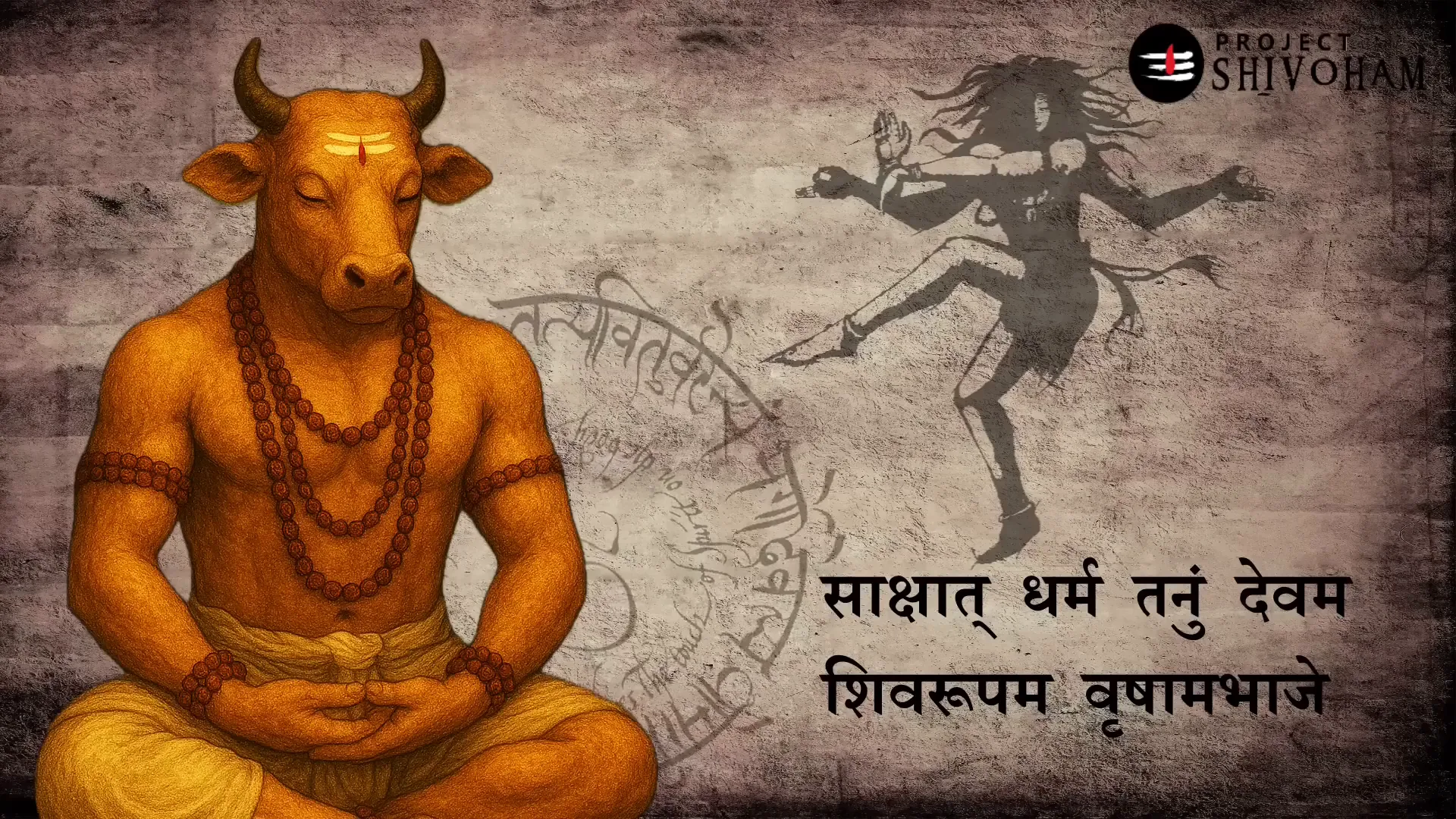
A Symbol of Strength and Humility
Nandi teaches us that strength is not merely physical but rooted in humility and devotion. He embodies the qualities that every devotee should aspire to: loyalty, faith, and unwavering commitment to Dharma. His story inspires generations to remain focused on their spiritual path, regardless of life’s challenges.
In every Shivalayam across Bharat, Nandi stands as a beacon of hope, guiding us toward deeper understanding and connection with the divine.
Conclusion: Nandi as the Rock-Solid Embodiment of Dharma
Nandi is more than a figure in Hindu mythology; he is the rock-solid embodiment of Dharma. His life story, teachings, and enduring presence remind us of the values we must uphold. The principles of austerity, purity, mercy, and truthfulness, represented by Nandi, serve as the foundation for a just society.
As we navigate the complexities of modern life, let Nandi’s unwavering gaze inspire us to remain committed to our values. In a world filled with distractions, his steadfastness serves as a guiding light, urging us to stay rooted in purpose and devotion.
FAQ: Common Questions about Nandi
1. What is the significance of Nandi in Hinduism?
Nandi represents devotion, loyalty, and the principles of Dharma. He is considered the first devotee of Lord Shiva and serves as a bridge between the divine and the earthly.
2. Why is Nandi depicted in front of Shiva temples?
Nandi’s placement in front of Shiva symbolizes his role as a guardian and sentinel of divine energy, inviting devotees to approach Shiva with sincerity and reverence.
3. What does the four-legged Nandi represent?
The four legs of Nandi symbolize the four pillars of Dharma: austerity, purity, mercy, and truthfulness, essential for just governance and moral living.
4. How does Nandi relate to contemporary Indian politics?
Nandi’s image on the Sengol in the Indian Parliament serves as a reminder of the ethical responsibilities leaders have in upholding Dharma and serving the people.
5. What teachings does Nandi impart to devotees?
Nandi reveals the knowledge of Shiva, guiding devotees in understanding the deeper philosophies associated with the divine and encouraging a life of devotion and righteousness.
This article was created from the video Who is Nandi? with the help of AI. Thanks to Aravind Markandeya, Project Shivoham.